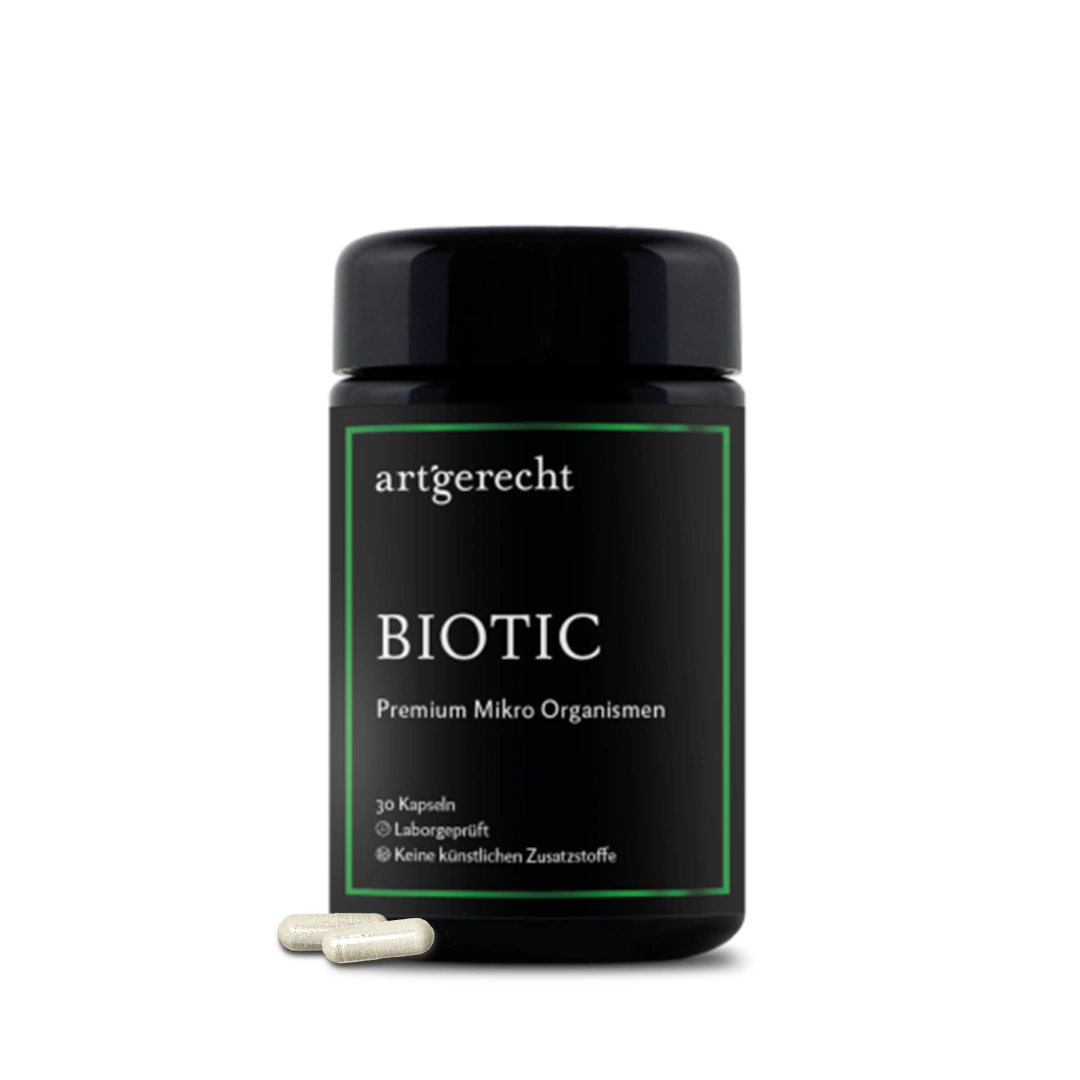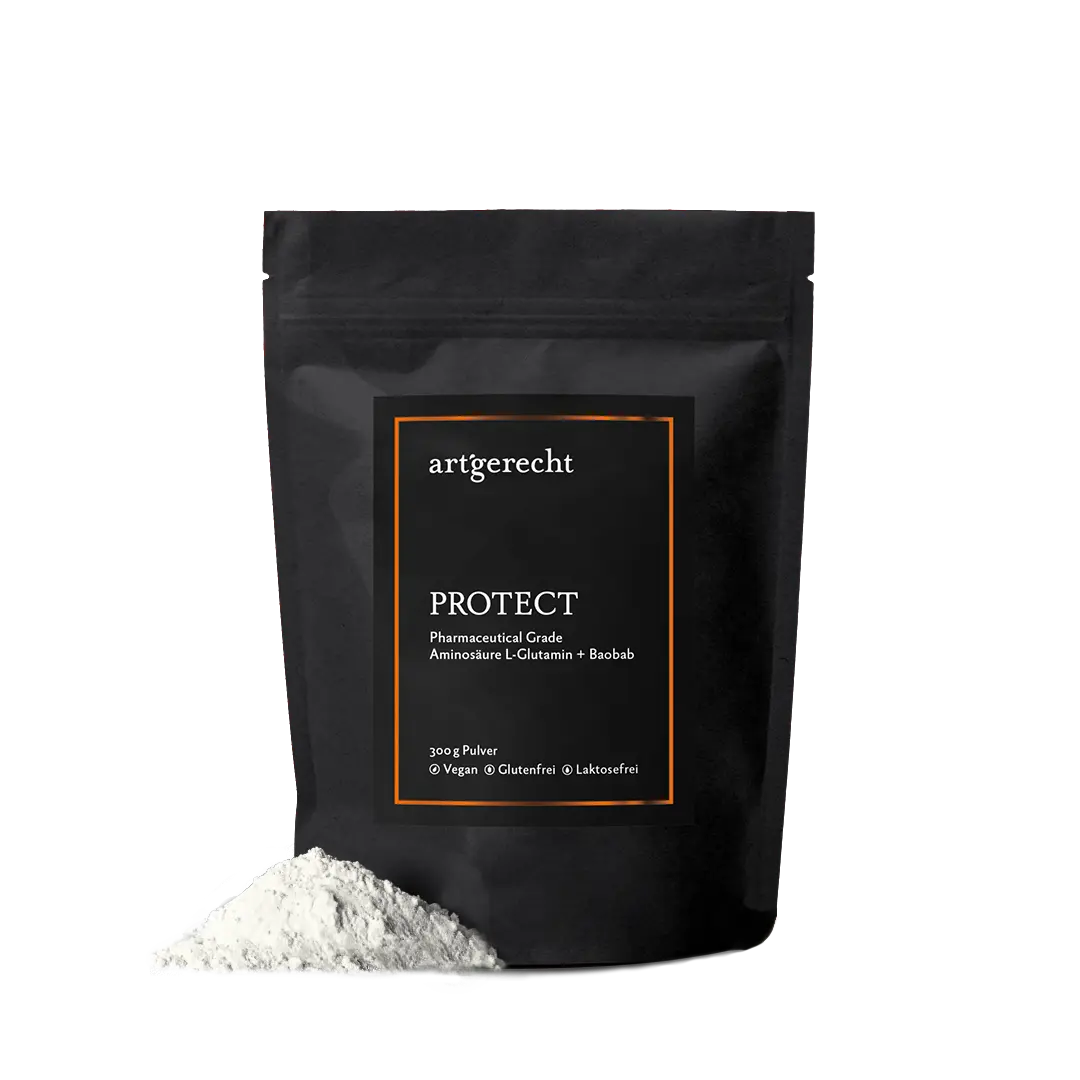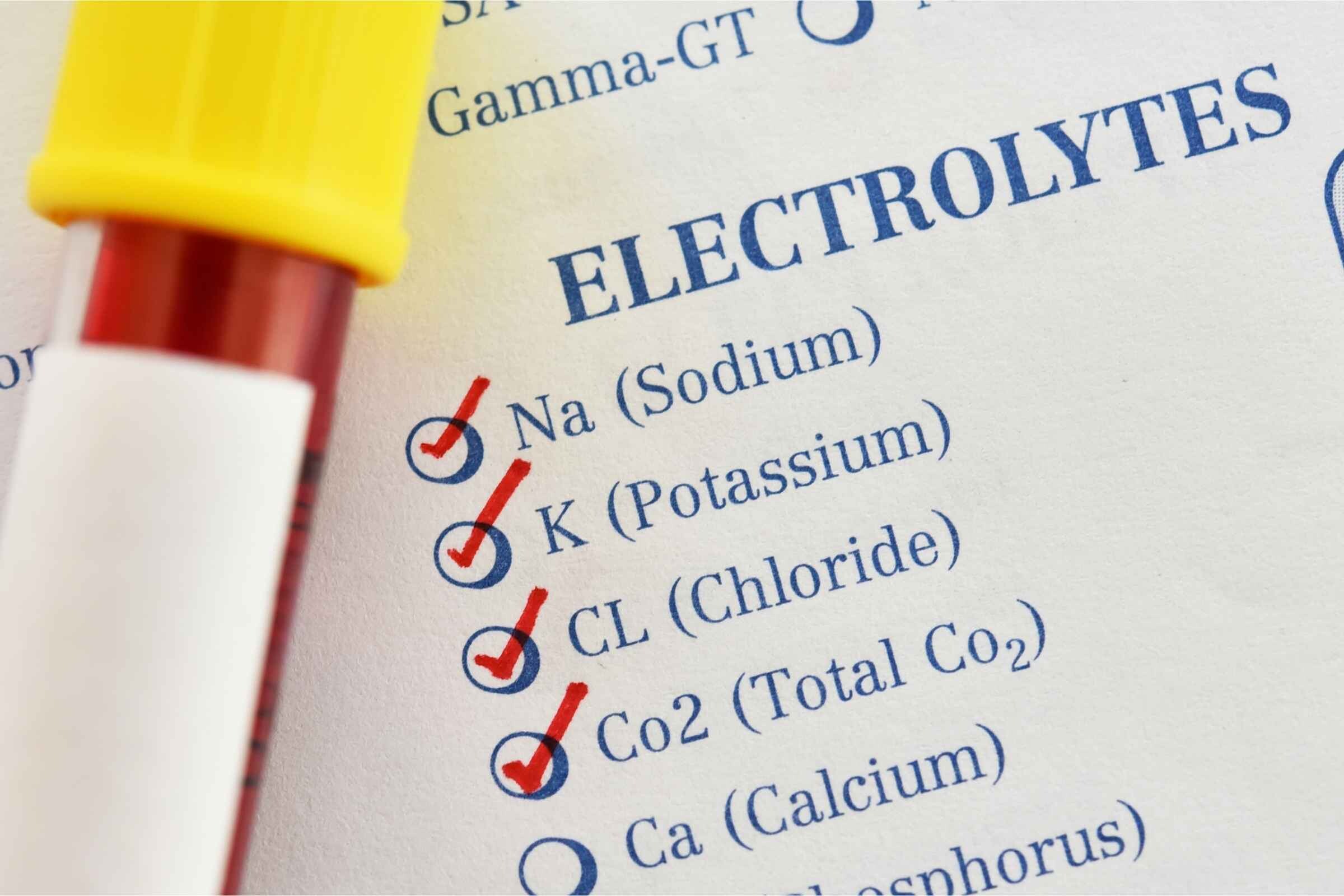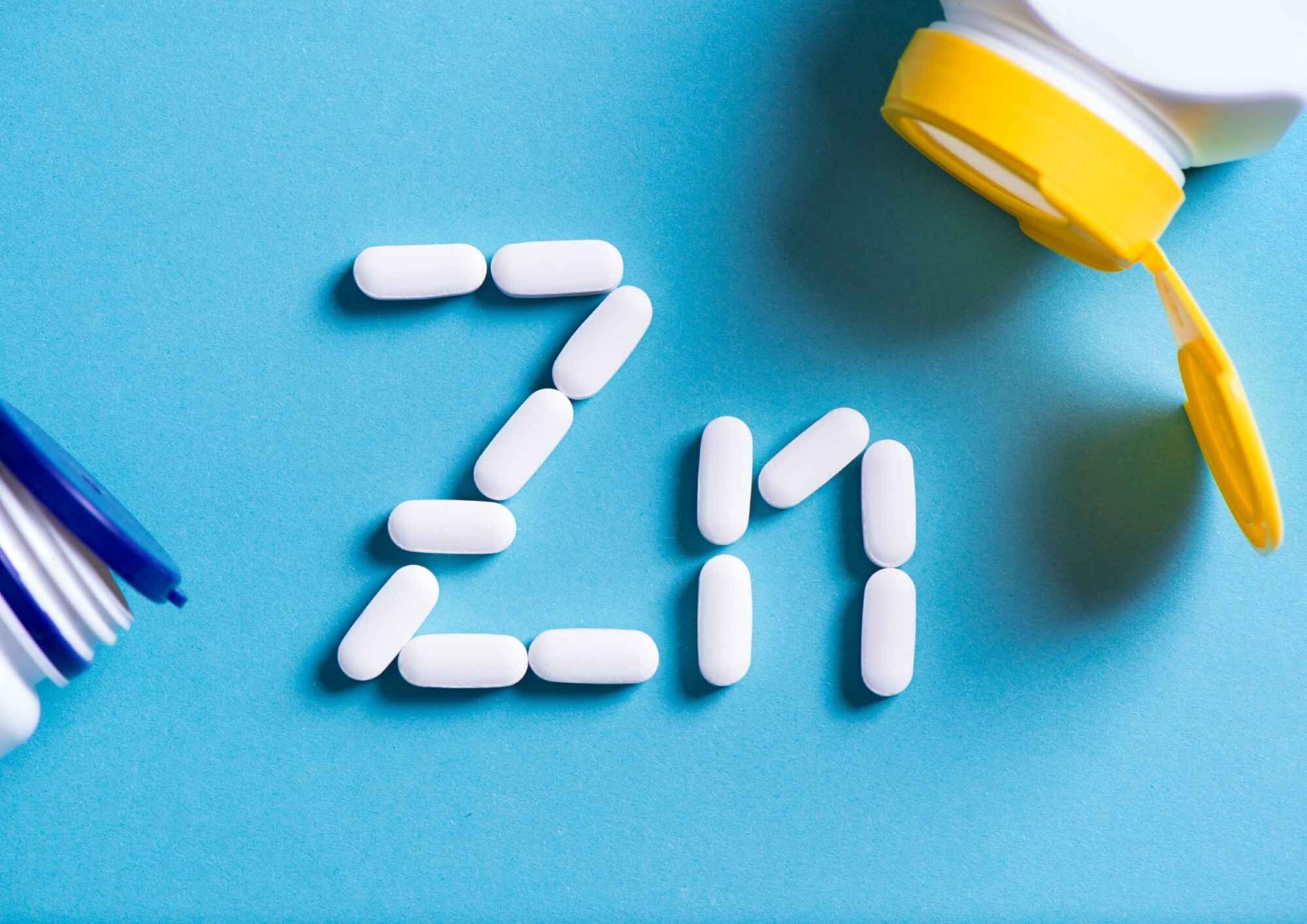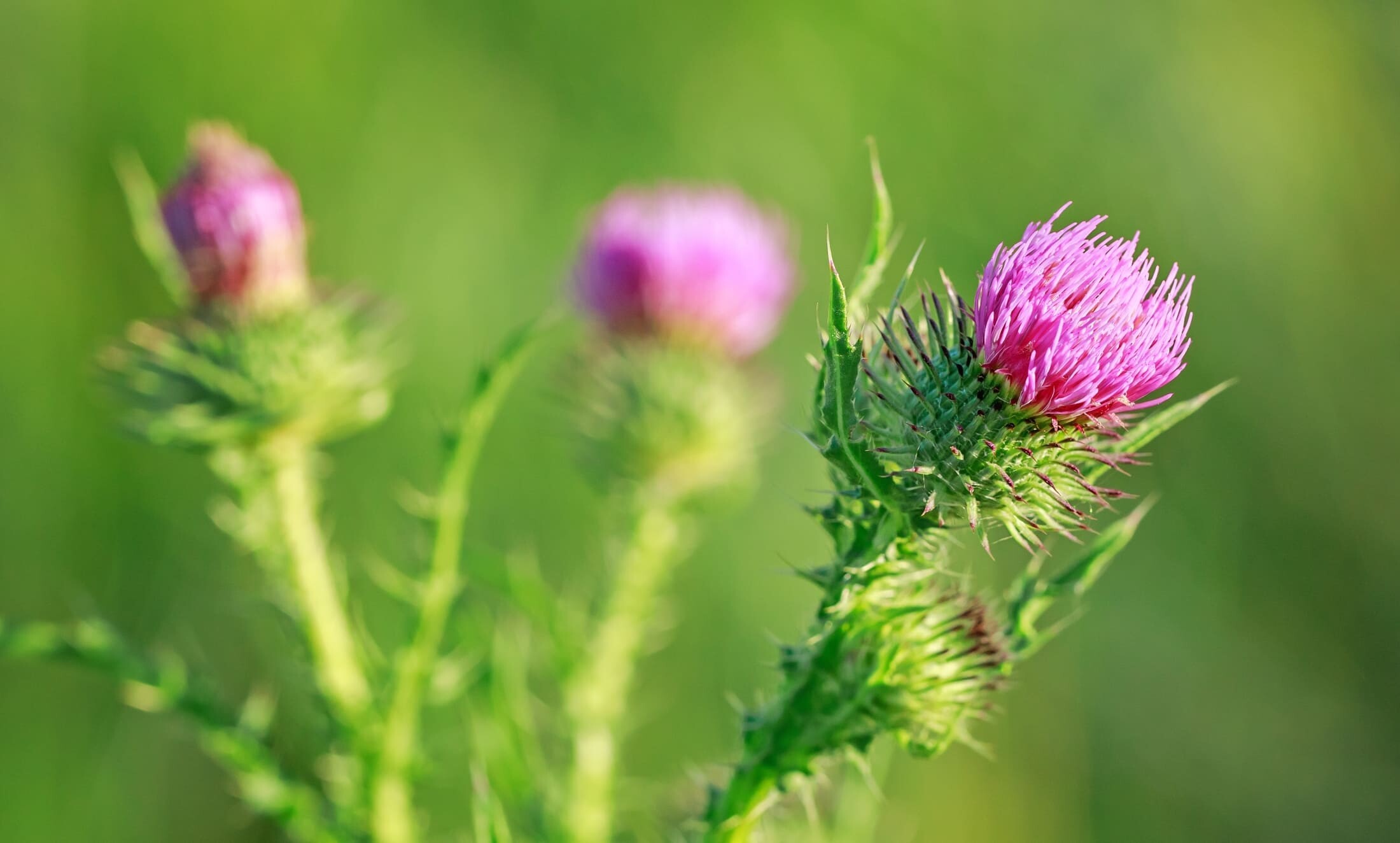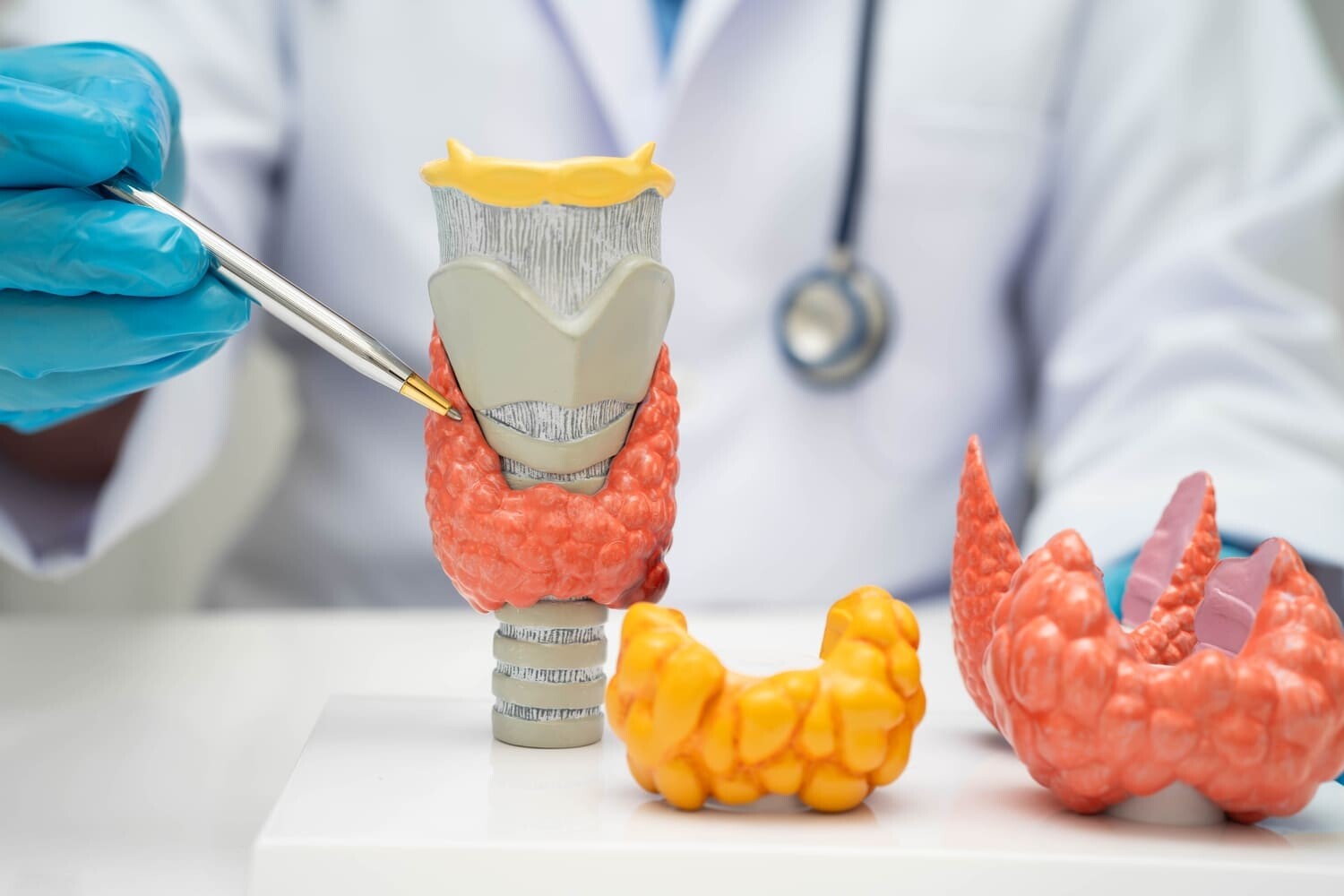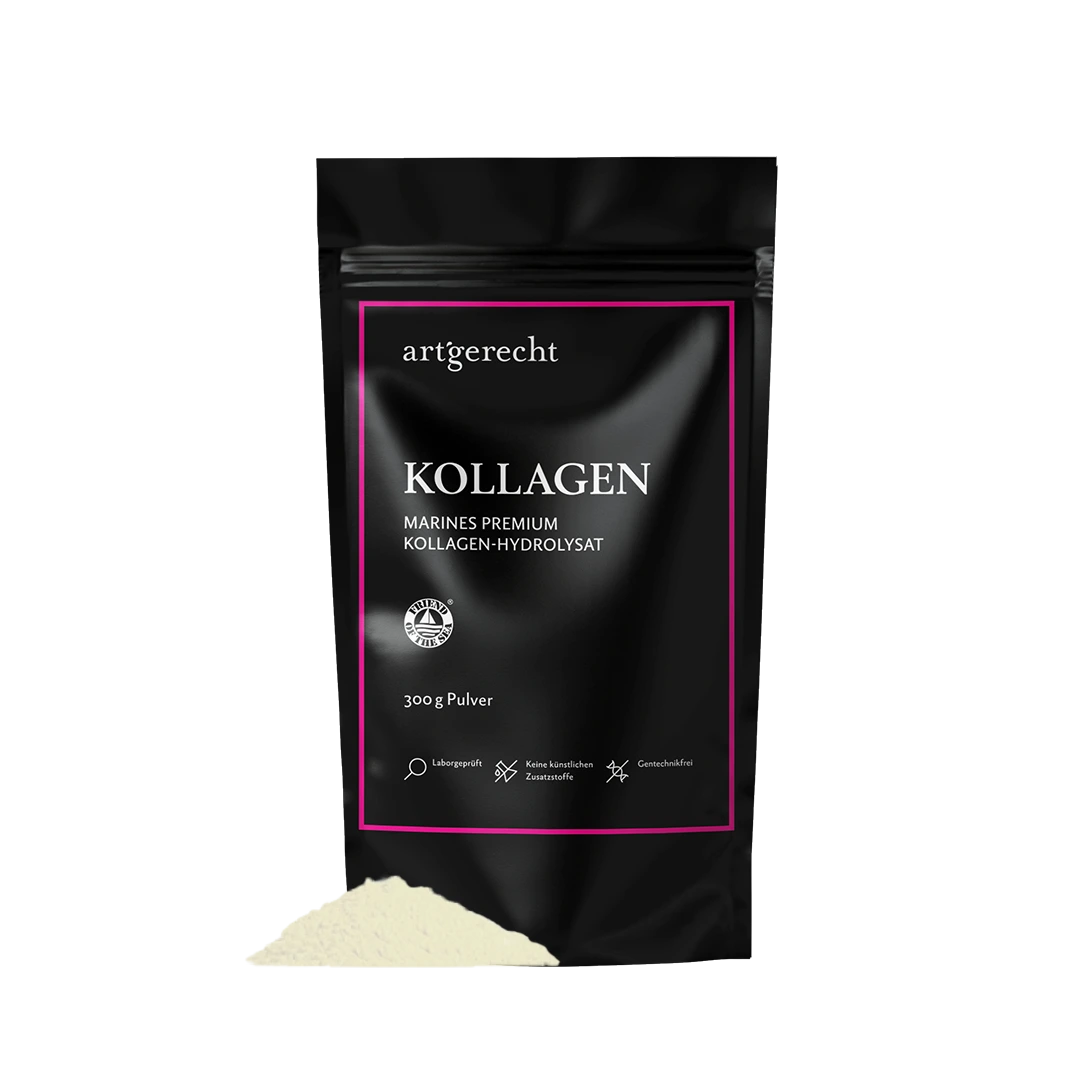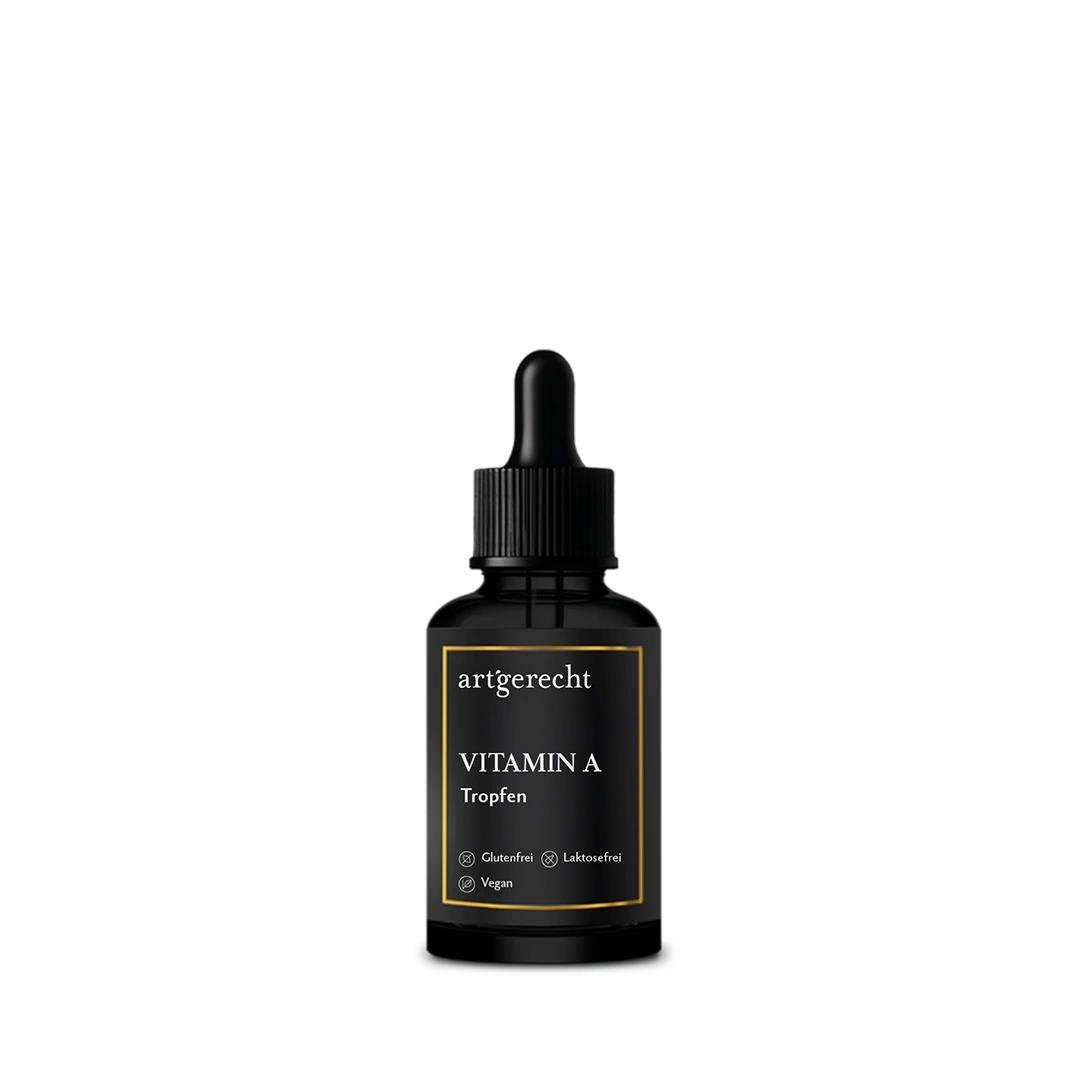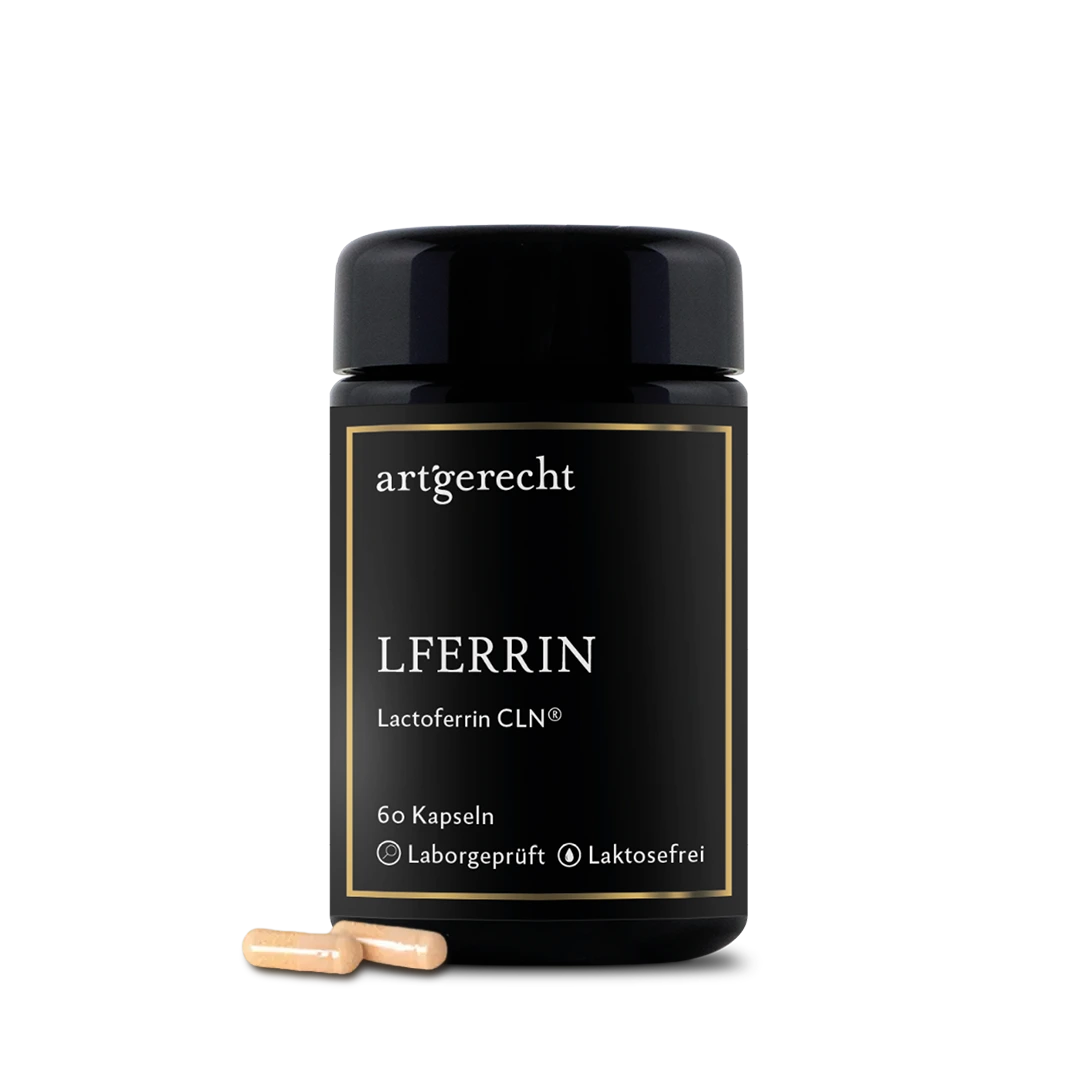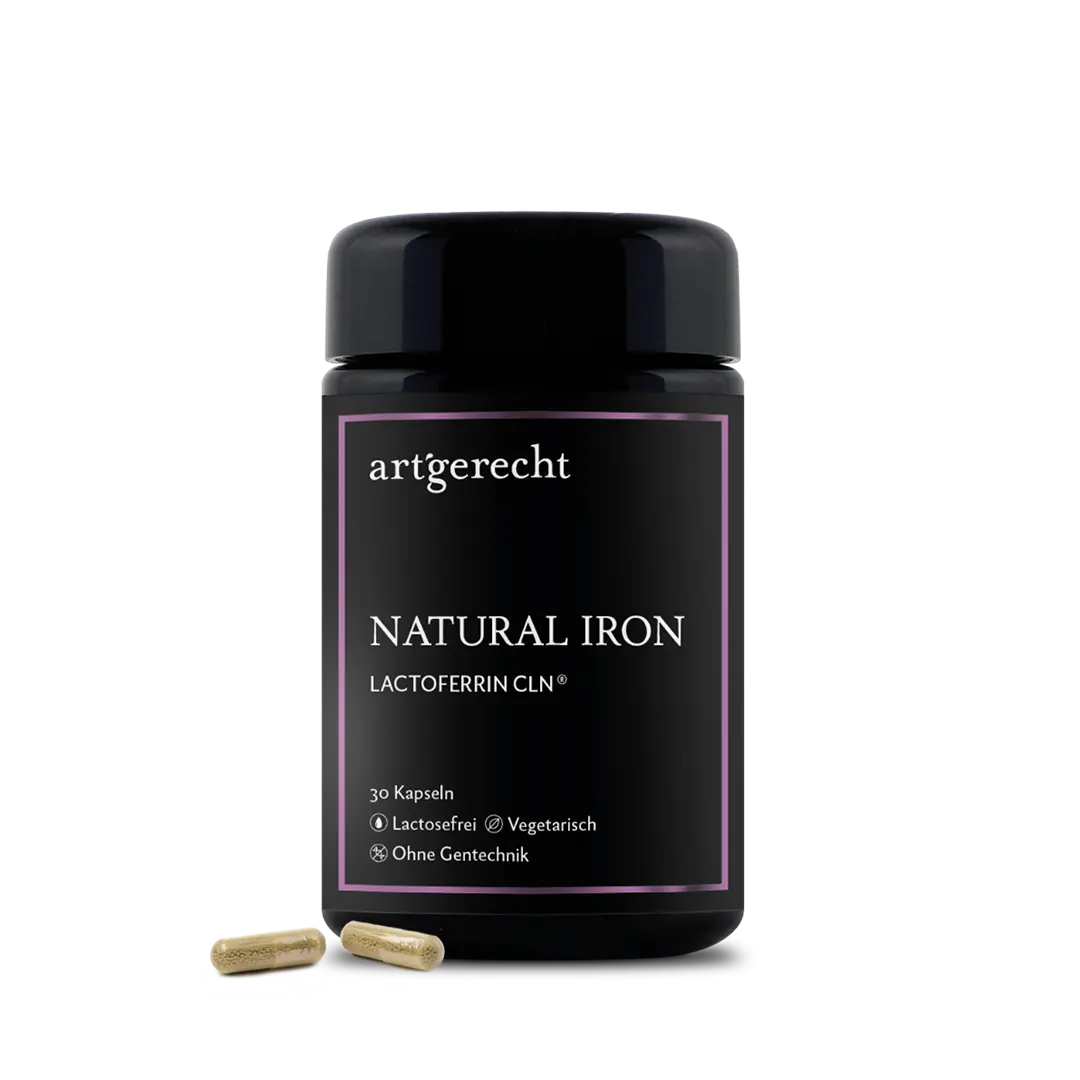- Our gut – center of inner balance
- What is intestinal flora and what is it important for?
- What makes a healthy gut flora?
- Can probiotics promote the development of intestinal flora?
- Probiotics when taking antibiotics
- Building up the intestinal flora through a species-appropriate diet
- Which foods can I use to support my intestinal flora?
- Conclusion:
- Literature:
A healthy gut is central to our health. Millions of small, invisible „roommates“ are therefore active in the gut to ensure that our immune system functions properly. What to do in the event of an incorrect colonization is explained step by step in order to restore the inner balance.
Our gut – center of inner balance
A healthy gut is the basis for our health. Its tasks are far-reaching and go well beyond the digestion of our food. Around 80% of all immune cells are found in the gut, which therefore plays an important role in the defense against diseases and in strengthening the immune system. In addition, a large number of endogenous messenger substances and vitamins are produced in the intestine. If things go wrong in the gut, this has an impact on a wide range of processes throughout the body. Our lifestyle, nutrition and environmental factors also play a major role when it comes to gut health.
Intestinal flora is a collective term for bacteria that inhabit our intestines. These intestinal bacteria are microorganisms and not just guests in our body. Rather, they are an essential part of our entire system, also known as a superorganism. They live off what we eat and help us to digest. They make important enzymes, produce a variety of vitamins and essential nutrients as well as neurotransmitters.[1] The intestine is always fully colonized and, depending on the food supply, one or the other group of bacteria is more prevalent than the other. In case of doubt, the different intestinal bacteria displace each other.
Almost all intestinal bacteria fulfill a task in this small universe of intestinal flora. Even disease-causing bacteria are part of it, but they must not multiply too much and should be in the right proportion to the other bacteria. If they occur in excessive numbers, they irritate the intestinal tract and the immune system, which can lead to inflammation. [2] Intestinal bacteria themselves produce little to no essential nutrients. In addition to inflammatory diseases, obesity, high blood pressure and arteriosclerosis are also associated with an incorrect colonization of the intestinal flora. [3] The incorrect colonization of the intestinal flora, with an excessive proportion of certain bacterial species, is called dysbiosis. To put it simply, there are so-called generalists among the bacterial strains that can feed on many different food components. They are therefore very flexible in their choice of food and help us with digestion. In contrast to the generalists, there are also the „specialists“. These bacteria have specialized in certain food components. It is particularly common to find specialists that can multiply quickly in combination with large amounts of carbohydrates and fiber.
What makes a healthy gut flora?
Scientific data shows how important a diverse and well-regulated intestinal flora is. Misregulation of our „roommates“ is often the cause of many diseases of civilization. The modern diet is heavily influenced by foods that promote the growth of „specialist“bacteria. This often leads to an imbalance between „specialists“ and „generalists“. This needs to be balanced out again and again in order to support our immune system and avoid negative effects on our health. This can be done, for example, through intestinal cleansing – ideally combined with a targeted change in diet. By making a strict change, the bad bacteria can be starved out. And the beneficial intestinal bacteria now have the opportunity to multiply and colonize more and more of the intestine. In addition to a change in diet, the building up of the intestinal flora can also be strengthened by taking special probiotic bacterial strains, which provide the necessary balance.
Can probiotics promote the development of intestinal flora?
Probiotics are very common products on the market and their benefits are well known and researched. They are symbiotic bacteria that are in a „dormant state”. When ingested, they are activated. Until now, it was assumed that humans were their host, maintaining bacteria in the gut that help with digestion and produce vitamins, for example. Today, however, it is understood that we correspond to a superorganism in which bacteria, viruses, fungi, eukaryotes and other living organisms live as part of a whole.[4] There is even much evidence to suggest that diseases can only develop on the basis of an overweight of parasitic and pathological bacteria and viruses. Probiotics can lead back to a healthy balance and support the development of the intestinal flora.[5] Bacteria that are important for humans can be roughly divided into strains that produce lactic acid (lactobacilli) and those that produce important neurotransmitters such as serotonin, dopamine or acetylcholine. Probiotics combined with Sacchareomyces boulardii, a probiotic strain of fungus, are particularly useful. Although this strain cannot live permanently in the human organism, it has shown positive effects on the human organism in studies as long as it remains there as a guest.[6]
Probiotics when taking antibiotics
The additional and accompanying intake of probiotic cultures is particularly useful and important after taking antibiotics. Antibiotics are often used to combat bacterial infections, but unfortunately they also have an effect on our intestinal flora. One problem that can occur when antibiotics are administered is that unwanted groups of bacteria subsequently become more resistant to the antibiotics than others. After a course of antibiotics, these harmful bacterial cultures multiply much faster in the intestine and form even larger, pathogenic bacterial colonies that take the place of the beneficial bacteria.[7] One question that often arises is when to start building up the intestinal flora after taking antibiotics. In principle, you don't have to wait until you have finished taking the antibiotic. Supplying the body with useful probiotic microorganisms can also run parallel to antibiotic treatment and should in any case be continued for several weeks or months afterwards.
Building up the intestinal flora through a species-appropriate diet
As already mentioned, we can support healthy intestinal flora in the long term primarily through a species-appropriate diet. In principle, quality should always be a main criterion for the choice of food. Organic, regional, seasonal and sustainable – because it is not just which food, but the quality of the food that determines how beneficial it is for the body. All functions of the body require co-factors in the form of vitamins and minerals. The problem: For 50 years, the nutrient density in our food has been steadily declining. The content of potassium, manganese, zinc, copper, magnesium, calcium and iron in vegetables, berries, apples and cereals fell steadily between 1970 and 2000.[8] This is also noticeable on our plates: In terms of vitamin and mineral content, there is no significant difference between conventional and organic farming – a result that few would have expected – however, organically grown food that is harvested seasonally and regionally brings many other benefits.[9] For example, they offer a higher content of phytochemicals and up to 69% more antioxidants.[10] But the mere fact that they are not contaminated with pesticides already makes them significantly healthier than conventional foods.[11]
Which foods can I use to support my intestinal flora?
Vegetables and fruits
It can be helpful to have the three different plant groups in mind:
- One group of plants has a poisonous core and delicious flesh, which is generally healthy for humans. Examples of this are apples and pears.
- The second group of plants has a hard, inedible skin and a tasty, well-protected core. All nut fruits belong to this group.
- The third group protects its seeds with poisons so that they are not eaten. These seeds are also unhealthy for the human body, such as cereals, legumes and all seeds.
With all vegetables and fruit, quality is crucial. If possible, organic quality should be purchased. If you pay attention to which vegetables come from the region, you can be sure that they are in season. Regional and seasonal vegetables and fruit are not only preferable in terms of taste, price and ecology, but also in terms of health to imported vegetables and fruit. Root vegetables such as carrots, beet, parsnips or parsley root have a particularly positive effect on the intestinal flora.
Salads and herbs
It is a good idea to always have a selection of fresh herbs at home to mix into cooked food or salads. Here, for example,
Dried herbs in particular can also be used in a variety of ways to avoid one-sidedness, as each herb has its own effect.
Eiweiss
Animal foods are healthy if the animal has been fed and reared in a species-appropriate manner. Marine animals are particularly recommended here, provided they come from sustainable fishing. Animals fed on hay and grass are species-appropriate, while animals fed on silage are not.
The following are healthy protein-rich foods and should be consciously purchased in good quality:- Fish
- Meat (in moderation)
- Eggs
- N&oats
Fats-and-oils
Specially healthy and well-known sources of fat – also for our intestines – are:
- Olivesöl,
- coconut fat,
- coconutöl
- omega-3-fatty-acids
High quality is also recommended here. Good olive oil can be recognized, for example, by the fact that it is sold in a dark, preferably light-protected bottle. It should be labeled „extra virgin olive oil“ and have a slightly bitter, fruity and spicy taste. Only then will the valuable polyphenols be contained in the oil.
Drinks
Water should make up the majority of your fluid intake throughout the day. Coffee lovers are doing their intestines good if they ensure moderate consumption (approx. 4 cups a day). Tea varieties can be alternated again and again, as each plant has its own effect on the body. Fruit juices or soft drinks are not recommended due to their high sugar content and frequent additives.
Conclusion:
A healthy lifestyle is good for our gut
.Overall, our gut and all its „inhabitants“ is a complex superorganism that has a significant influence on our health and well-being. This is precisely why it makes sense to take care of your inner balance and consciously support the development of healthy intestinal flora. The best way to do this is through a healthy lifestyle, which includes a healthy diet with fresh foods, sport and exercise as well as mental health. Our gut will thank us for it.
Literature:
- Berger, M. et al. The Expanded Biology of Serotonin. Annu. Rev. Med. 60, 355–366 (2009).
- Dominguez-Bello, M. G. et al. Temporal variability is a personalized feature of the human microbiome. PLoS One 10, 1–14 (2015).
- Carrera-Bastos, P. et al. The western diet and lifestyle and diseases of civilization. Res. Reports Clin. Cardiol. 2, 15 (2011).
- Eberl, G. A new vision of immunity: homeostasis of the superorganism. Mucosal Immunol. 3, 450–460 (2010).
- Tsai, Y.-L. et al. Probiotics, prebiotics and amelioration of diseases. J. Biomed. Sci. 26, 3 (2019).
- Stier, H. & Bischoff, S. C. Influence of saccharomyces boulardii CNCM I-745 on the gut-associated immune system. Clinical and Experimental Gastroenterology 9, 269–279 (2016).
- Spreadbury, I. Comparison with ancestral diets suggests dense acellular carbohydrates promote an inflammatory microbiota, and may be the primary dietary cause of leptin resistance and obesity. Diabetes. Metab. Syndr. Obes. 5, 175–189 (2012).
- Ekholm, P. et al. Changes in the mineral and trace element contents of cereals, fruits and vegetables in Finland. J. Food Compos. Anal. 20, 487–495 (2007).
- Olkin, I. et al. Are Organic Foods Safer or Healthier Than Annals of Internal Medicine Are Organic Foods Safer or Healthier Than Conventional Alternatives? Ann. Intern. Med. 157, 348–366 (2012).
- Ren, H. et al. Antioxidative and antimutagenic activities and polyphenol content of pesticide-free and organically cultivated green vegetables using water-soluble chitosan as a soil modifier and leaf surface spray. J. Sci. Food Agric. 81, 1426–1432 (2001).
- Lu, C. et al. Organic diets significantly lower childrens dietary exposure to organophosphorus pesticides. Environ. Health Perspect. 114, 260–263 (2006).


